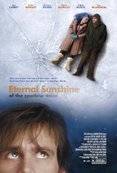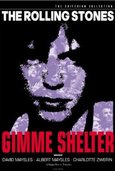
With the physical appearance of Morpheus things change drastically. I want to make one thing clear, everything changes from that point - the acting, the dialogue, and the script becomes more intellectual. From this point the film takes us on a journey and doesn't let us down. The special effects, fighting scenes, and the philosophical message and meaning, keep the viewer constantly invested.











 RSS Feed
RSS Feed